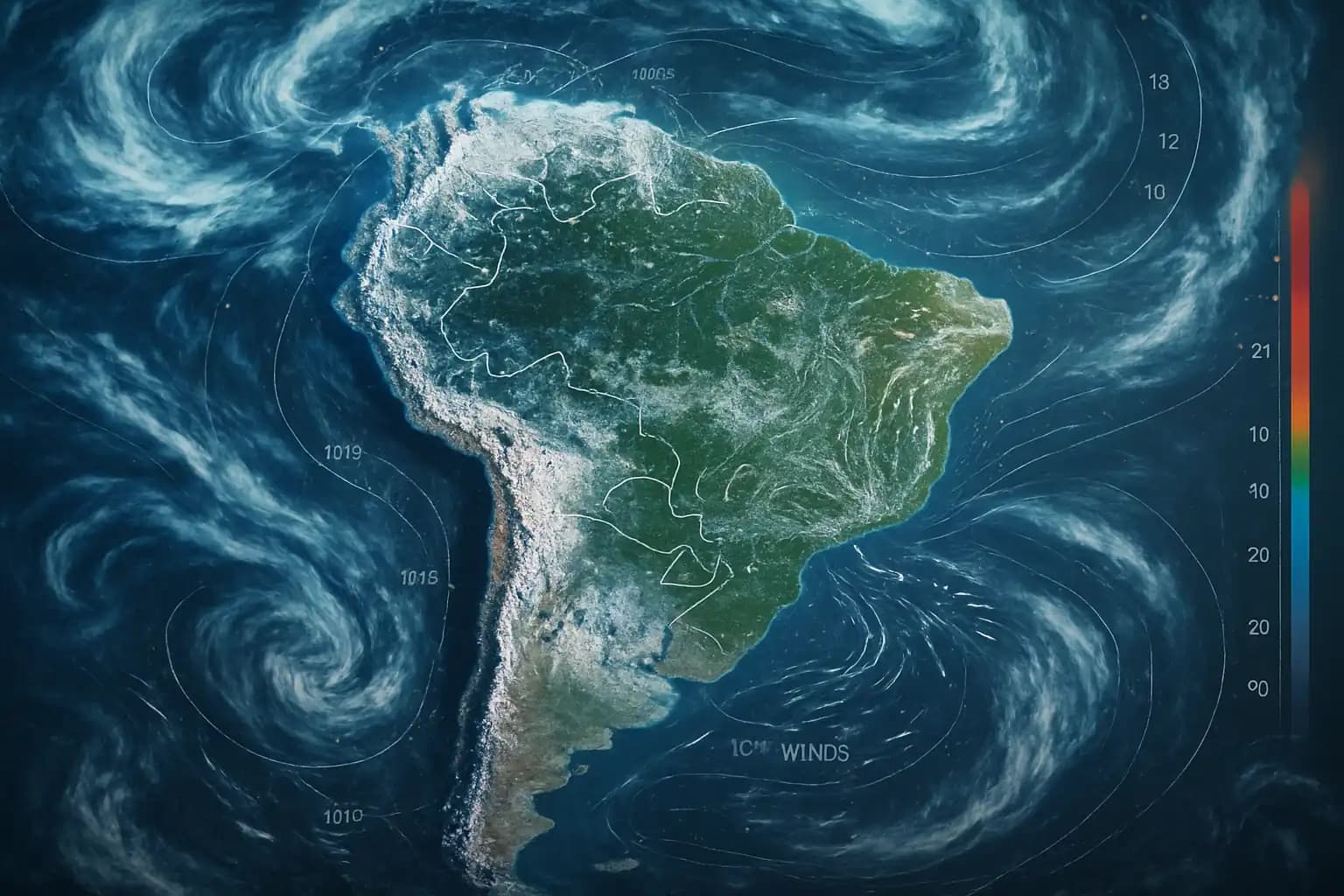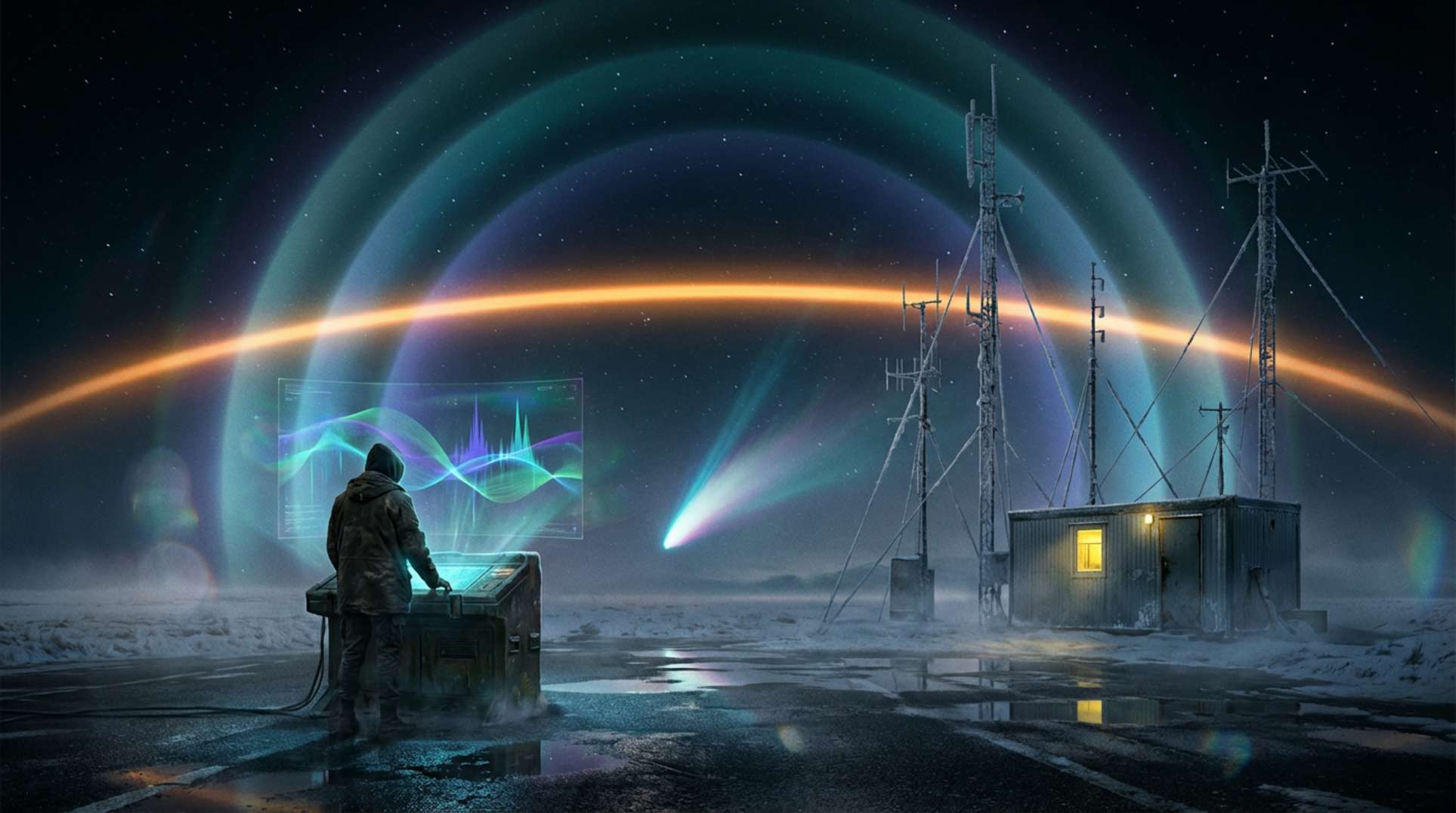In a continent known for tropical rainforests, stunning beaches, and vibrant carnivals, a record-breaking cold wave has swept South America, altering weather patterns and surprising skeptics. From Argentina’s frozen vineyards to rare snowfalls in Brazil’s southern highlands, this winter is unlike any before—and its future is uncertain. As the globe debates climate change and extreme weather, the southern hemisphere has opened its freezer door, leaving meteorologists and farmers urgently searching for answers.
South America’s recent freeze features cold waves not seen in fifty years, signaling a dramatic shift in the planet’s climate. This year’s invasions of polar air caused record lows, ruined crops, and astonished areas typically known for summer heat. Even cities in Brazil, like Curitiba, reported temperatures common to Patagonia, while cattlemen in Uruguay faced livestock losses as frost wilted pastures overnight. Locals seek understanding and warmth, while climatologists analyze data linking this upheaval to broader patterns that transcend any single winter.
Polar Vortex and Air Mass Collisions: Decoding the Freeze
Attributing a cold winter to “the weather” is as futile as blaming sluggish internet on astrology. The actual cause is the movement of a persistent polar air mass from Antarctica that surged northward. When these polar outbreaks collide with a continent gearing up for summer, the results can be spectacular—and sometimes catastrophic. These occurrences disrupt growing cycles, freeze important cash crops, and occasionally turn tropical towns into unexpected winter wonderlands. This unusual cold invasion from the south draws parallels to stark global cold events like the 536 AD volcanic winter that drastically altered the climate overnight.
The effects can be harsh: mass die-offs of native plants, stressed infrastructure as power grids struggle to meet heating demands, and farming failures that impact food chains. As debates about global resources grow more urgent, South America’s cold shock serves as a stark reminder of nature’s rapid shifts in the balance.
El Niño, La Niña, and the Winter Weather Wild Card
No discussion of South American climate shocks is complete without referencing the giants of global weather—El Niño and La Niña. According to NOAA’s El Niño and La Niña guide and its comprehensive El Niño Southern Oscillation portal, these oceanic patterns influence wind, precipitation, and temperature globally. La Niña typically brings drier, colder winters to southern South America, while El Niño can generate weather chaos across continents, affecting Asia and North America.
The current freeze has coincided with drastic fluctuations between these two phenomena, intensifying normal winter chill into an unprecedented event. The outcome: a string of record lows, strange snowfalls, and headlines that feel surreal. The diverse geography of the pampas, Andes, and Amazon now stands as the frontline of global climate extremes, as highlighted in recent reports about planetary oscillations and solar-earthquake links.
Crop Failures, Energy Shocks, and Economic Fallout
While a rare snow selfie delights Instagram, the true fallout occurs in the fields and on utility bills. Producers of coffee, citrus, sugarcane, and soybeans have seen entire harvests devastated by the freeze. These losses resemble historic agricultural disasters triggered by cold waves—similar to the fallout after the Campi Flegrei eruption.
Simultaneously, cities and rural communities face warnings of blackouts, frozen water mains, and increased demand for heating fuel. These strains extend beyond the continent—South America plays a vital role as a food basket and energy supplier. Continued disruptions could destabilize global supply chains, echoing past scenarios where natural shocks disrupted markets—much like analyses on American seismic vulnerabilities often remind us.
What the South American Deep Freeze Means for Global Climate
This winter’s cold shock is the latest climate surprise in an era of extremes. As our trust in “normal” seasons dissolves, scientists and policymakers must prepare for erratic weather that defies traditional expectations. The takeaway from the southern hemisphere? Local anomalies increasingly connect to a larger, unstable planetary system. In a warming world, record freezes challenge the notion of what’s expected, reinforcing the idea that extremes, not averages, are becoming the new standard—reflecting themes from apocalyptic prophecies and science-driven disaster forecasts.
For everyone else, bundle up (even if you’re near the Equator) and keep an eye on the south for further signs—because if climate history teaches anything, the next anomaly is just a season away. To stay updated on global weather developments, eccentric investigations, and every cold fact they ignore, visit Unexplained.co.





